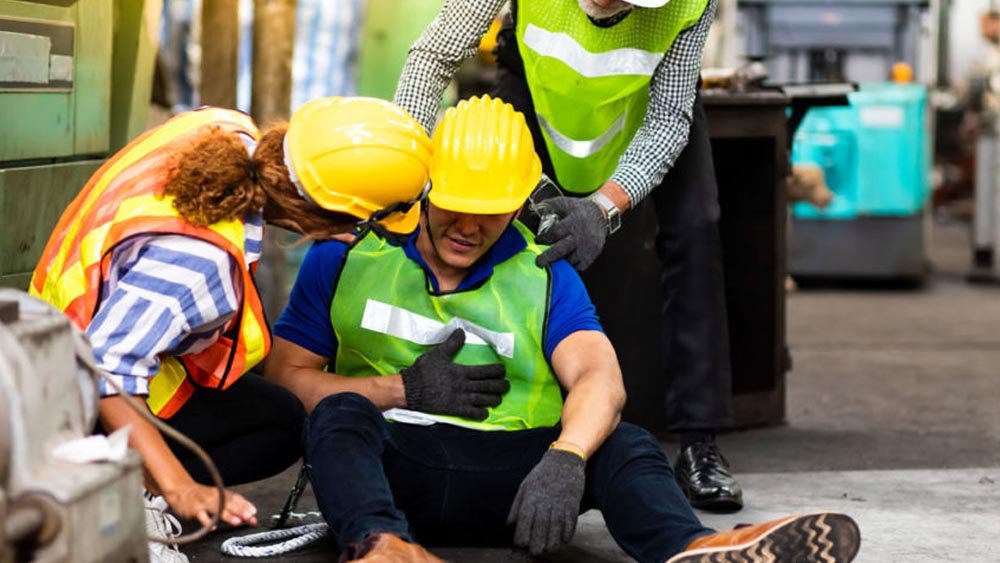Whether you are the new owner or director of a manufacturing company, the one thing you may want to be aware of is the type of accidents and injuries your employees may be faced with. While you may be totally compliant with OSHA regarding plant safety and training, they aren’t called accidents for nothing! They aren’t planned, and no one ever wants to see accidents in the workplace. Still, the reality is, that accidents do happen and often result in injuries. With that in mind, it is essential to understand what the most common injuries are in manufacturing so that you can work to avoid them.
1. Sprains and Bruises (30%)
According to the National Safety Council, sprains and bruises are among the most common injuries resulting from ‘accidents’ in manufacturing. They cite that approximately 30% of all workplace injuries in manufacturing are various levels of sprains, strains, and bruises.
2. Cuts, Punctures and Lacerations (13%)
While these can be relatively minor, there are times when cuts, punctures, and lacerations can be pretty severe. This is one of the reasons why you, as an employer, would want to carry the best employers workers comp insurance you can find. While there are state guidelines to follow, not all insurance underwriters are as reputable as they should be, so do look at getting the best policy available. Always look to see how long an underwriter has been in business, which should tell you something about their reputation in the industry.
3. Pain and Soreness (12%)
This may not be something an employee would file on your employers’ workers comp insurance, but if it is serious enough, it could be something that is covered. It probably depends on whether or not that particular employee was using proper procedures for lifting and moving heavy items, for example. It isn’t one of the more common claims but could result in compensation, which is why insurance is so important.
4. Fractures (11%)
This is actually a more common claim against your workers’ comp insurance than pain and soreness or some of the other more common injuries. The reason is that fractures tend to be much more severe than the above-listed ‘complaints’ and take longer to recover from. When someone breaks an arm, leg, or even a shoulder, it could be weeks, if not months, before they could return to the workplace.
While you can’t always prevent accidents from happening, you can protect your business from much of the liability. Getting good workers comp insurance is essential, as is offering OSHA training to those workers most likely to sustain injuries if they aren’t following guidelines adequately. Also, always ensure you post your workers’ comp insurance in a visible place and then have safety meetings regularly. This would be up to team leaders and foremen to pay close attention to what they see on the floor and any ways in which improvements can be made. It is the law that you carry workers’ comp liability insurance, but do you really want an employee to file a claim? Probably not.


